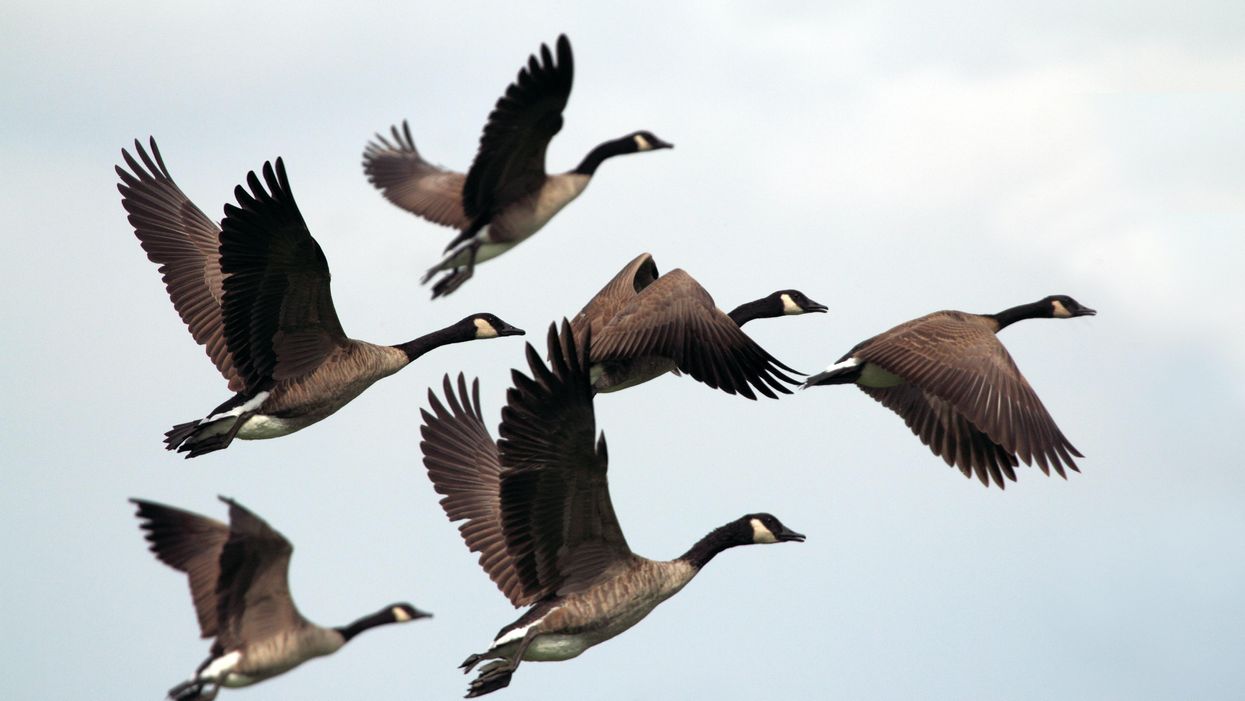It’s hard to think of a direct-to-consumer brand with a more storied history than Canada Goose. The company was originally established in 1957 as Metro Sportswear, founded by Polish immigrant Sam Tick. His Toronto outerwear company specialized in woolen vests and snowmobile suits. Tick’s son-in-law David Reiss took over during the 1970s, renaming the company Snow Goose, and later Canada Goose.
Through the 1980s, performance climbers and Arctic scientists began using the company’s specialized jackets, including Laure Skreslet, the first Canadian to summit Mt. Everest. Current CEO Dani Reiss took over in 2001, when total sales were $2 million. After politely nudging his father out of the top spot, the 27-year-old Reiss transformed the company from a small manufacturer to a global luxury brand, with a staunch commitment to “Made in Canada.”

Canada Goose marketing is mostly high profile functional demonstrations of product use, i.e. mountain climbers and arctic explorers. (Photo via Twitter)
The company has built a unique Canadian legacy, but their global adoption as a luxury outerwear product and fashion brand has been an even more impressive feat. Over the last decade, the brand has become a dominant player in the luxury outerwear category. Their channel strategy was built around direct to consumer ecommerce and strategic retail locations in luxury shopping districts. They also consistently expand the brand every few years to additional categories, taking advantage of their massive brand equity.
DTC & product expansion
Ecommerce and retail stores make up their DTC category, accounting for two-thirds of sales in the most recent quarter and projected at 70-73% in the next year. Executing this increase in DTC proportion is the company’s number one initiative currently. The wholesale channel (mostly high-end major department stores) makes up the remainder of sales and allows the brand to reach areas where Canada Goose will likely not open a store.
Their online DTC presence came first, as 2014 saw their launch of ecommerce in Canada. The company expanded to an additional 13 national markets over the next five years. In their annual investor presentation, the company calls the decision a “game changer,” but the specific ecommerce percentage of revenue is not disclosed in any company reporting. As of March 2022, they operate ecommerce in 56 different countries.

(Source: Canada Goose Annual Report)
In 2017, the first two retail stores were opened in two world-class luxury destinations, Toronto and NYC (Soho). In the same year, they expanded their brand offering, adding knitwear as their first non-outerwear line. Springwear also joined the catalog at that time.
As of April 2022, the company operates 41 stores, evenly split across the US, CA, EMEA and China with sales evenly split across those geographies. They recently signed a joint venture to operate stores in Japan that is expected to add $65M to $75M to their 1.35B in guided sales in the coming year in addition to a much-anticipated footwear launch.
Company performance
As many apparel retailers have struggled with their supply chain during the pandemic, Canada Goose’s local production has offered stability to support markets across three continents. CEO Dani Reiss repeatedly mentions their commitment to produce sustainable down-filled jackets in Canada. This has created a “unique supply chain advantage," as 84% of units were made or purchased in Canada in calendar year 2021, with the remainder produced in Europe.
All of these factors combine to create an impressive financial performance. The company saw a decline of only 6% during the fiscal year ended March 2021, not bad for a year when most were quarantined. The most recent year, ended March 2022, saw year-over-year growth of 22%, with 67% of sales from DTC which is an increase from the prior year’s 58%. Breaking down this growth in DTC, retail grew 40%, while ecommerce grew 16%. Wholesale grew 8% and was 33% of revenue. Their “other” category has shrunk to non-material as PPE sales have dissipated as the pandemic subsided.
Gross margin of 67% is an improvement of 6 percentage points over the prior year as the gains in DTC mix drove up total company gross margin. DTC carried a notably high 76% margin. Mix shift toward their non-parka category offset some of this positive channel mix impact as non-parka carries lower margins.
SG&A expenses as a proportion of revenue were 53% in the year, an increase of five percentage points from the prior year. The total spend of C$577M climbed faster than revenue primarily due to incremental spending associated with new stores (C$47M). Store count increased from 28 to 41 over the year as they pursued a higher mix of DTC channel sales. The company also invested in additional brand awareness marketing(C$20M). The company also invested an additional (C$11M) in their new footwear line.
Guidance sales and margin levels are what management believes they can achieve based on a higher DTC mix, the Japan joint venture and the new footwear category. Management made it clear on their most recent earnings call that the guidance does include any improvement in the China COVID situation. They do see incremental improvement if the Chinese tourist begins traveling again.

(Source: Canada Goose annual report)
At a time when many retailers are struggling as pessimism has spread a shadow across the sector, Canada Goose seems to have momentum in revenue growth, confidence in supply chain, and focus on their key initiatives. The balance sheet is strong showing under C$100 million in net debt on total assets of C$1.3B with inventory amounts in line with the same levels over the last three years.
The company has shown how a DTC brand focused almost strictly on product quality and functionality can be successful without huge amounts of marketing spending. We are excited to see how the new initiatives unfold as CG looks positioned to continue to please customers from Manhattan to Antarctica.















